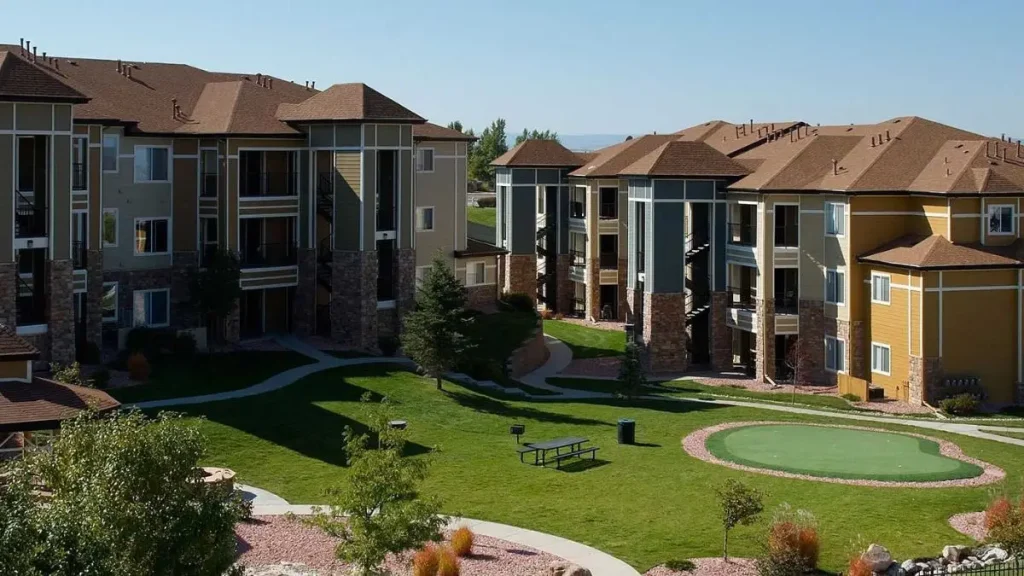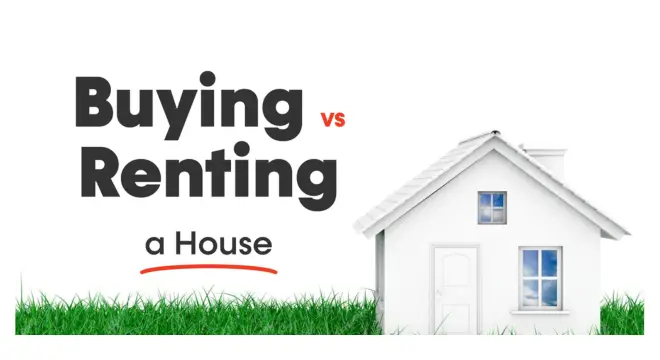Inside Byron Allen’s High-End Property Investments
When I first sat down to study Byron Allen’s real estate holdings, I expected the usual celebrity spread—overpriced mansions, glossy finishes, and little else. But the deeper I went, the clearer it became: this isn’t just about luxury. Allen’s portfolio tells a story of patience, strategy, and cultural weight that most articles in the SERP skip over.
Think about it—how many celebrity real estate pieces have you read that simply list square footage, bedroom counts, and sale prices? They give you the “what,” but not the “why.” With Allen, the “why” is where the real value lies.
Each home—from his $100M Malibu estate to his Beverly Hills compound—isn’t just a property; it’s a move on a chessboard that spans media, wealth building, and legacy.
And that’s where I want to take you. Instead of repeating the same surface-level details, I’ll show you how Allen’s choices reveal a roadmap that anyone curious about wealth, investing, or even cultural milestones can learn from.
Before we dive into the individual homes, let me ask you: when you hear about a billionaire buying property, do you only see the price tag—or do you try to spot the strategy behind it?
From Stand-up Comic to Media Mogul to Real Estate Titan
If you only know Byron Allen as the guy who made headlines with that $100M Malibu estate, you’re missing the bigger picture. This is someone who started out telling jokes on The Tonight Show as a teenager, built a media company from scratch, and turned himself into one of the most powerful names in entertainment.
That journey matters because his real estate portfolio isn’t random—it’s the result of years of discipline and smart money moves.
I don’t know about you, but when I look at billionaires, I want to understand how they connect the dots between their core business and their side investments.
With Allen, the link is crystal clear: his media empire created the cash flow, but real estate became the foundation for long-term security and legacy.
Byron Allen’s Crown Jewel Properties – A Closer Look

Now let’s get to the part everyone clicks for: the homes themselves. And here’s where I’ll go beyond the glossy headlines you see on sites like Robb Report—which recently ran a roundup of Allen’s holdings.
Most of those pieces just skim the surface: “Here’s a house, here’s the price tag.” But if you and I look closely, there’s a pattern worth noticing.
West Hollywood – Richard Landry’s Modern Bird Streets Villa
This was one of Allen’s earliest luxury buys back in 2004—$3.2M for a sleek Richard Landry-designed villa in the Bird Streets.
I like this detail because it shows he wasn’t just collecting square footage; he was buying architectural credibility in one of L.A.’s most exclusive neighborhoods. Think of it as planting a flag before his media empire really exploded.
Architecturally significant homes have always been magnets for high-profile buyers. Recently, TV creator Chuck Lorre picked up a John Elgin Woolf-designed home in L.A., proving that legacy design holds lasting value.
Los Angeles Condos – Century Hill and Beyond
Allen also grabbed a series of condos across Los Angeles—some in his name, others tied to his family. The values range from $780,000 to $1.3M. Now, for you and me, these numbers are massive. But in Allen’s world, these are smart “supporting moves.”
They don’t scream luxury, but they diversify his footprint and hold steady value in one of the most competitive markets in the world.
Maui – $22.8M Oceanfront Estate
In 2018, he went big in Hawaii with a $22.8M estate in Kihei, Maui. Five bedrooms, seven baths, lanais for days, and 130 feet of beachfront. But here’s what matters: it wasn’t just a vacation home—it was one of Maui’s most expensive sales at the time.
That tells me Allen’s not just buying for lifestyle; he’s buying into records and prestige that appreciate faster than average real estate.
Beverly Hills – Building a Mega Compound
This is where things get really interesting. Allen has been quietly assembling properties across Beverly Hills—five, to be exact. From a $22.5M modern estate to a $9.5M Tudor, plus a $17M mansion and a nearly $20M Rodeo Drive estate.
What’s the takeaway here? He’s not just buying houses—he’s consolidating land and reshaping the neighborhood to create a long-term legacy footprint.
Most coverage glosses over this, but if you study wealth patterns, you know this is how dynasties are built.
Malibu – The $100M Paradise Cove Estate
Here’s the crown jewel. In 2022, Allen dropped $100M on a Mediterranean-style compound in Malibu’s Paradise Cove.
Media outlets went crazy because it was the largest U.S. home purchase ever by a Black buyer. And yes, that cultural milestone is huge.
But look deeper—he bought a property listed for $127.5M, which means he negotiated nearly $30M off the sticker. That’s strategy, not vanity.
Manhattan – Billionaires’ Row Flip
In 2023, he bought a full-floor unit at 220 Central Park South for $75M. Two years later, he sold it for $82.5M—the biggest real estate deal in New York that year.
For me, this is the best proof that Allen plays the game differently: he knows when to hold for legacy and when to cash out for profit.
Sometimes the smartest play is knowing when to exit. Horror legend Rob Zombie sold his Los Angeles two-house compound for around $9M, proving that cultural cachet plus timing can make for a strong return.
What Makes Byron Allen’s Portfolio Unique?

When you look at most billionaires’ property lists, you’ll see the same thing: one mega-mansion, maybe a New York penthouse, and a beach house in the Hamptons. Allen’s spread is more complex.
He’s got:
- Geographic diversity (California, Hawaii, New York).
- Mix of holds and flips (long-term Beverly Hills vs. short-term Manhattan ROI).
- A legacy play (the Beverly Hills compound).
- A cultural milestone (Malibu record purchase).
This combination isn’t random—it’s a mix of personal lifestyle, investment strategy, and identity. And honestly, that’s why I find it more compelling than most “celebrity homes” features.
I’d love to hear your thoughts—do you think Allen’s Beverly Hills compound move is smarter than his Malibu record buy? Drop your take in the comments below.
Financial & Strategic Lessons from Allen’s Investments
Here’s where I want you to lean in, because this isn’t just celebrity gossip—it’s a playbook.
- Assembling land is power: In Beverly Hills, Allen isn’t chasing quick ROI; he’s creating a compound that builds generational weight. If you’ve ever thought about investing, this is the “own land, not just homes” principle on steroids.
- Timing matters: His Manhattan flip is proof that liquidity is as important as luxury. Buy, hold briefly, exit at peak. That’s something even a regular investor can apply, just on a different scale.
- Prestige properties appreciate differently: His Malibu and Maui homes weren’t just expensive—they were historic sales. That premium of “cultural significance” often outpaces standard market growth.
So if you’re asking, “What can I learn from a billionaire’s portfolio?”—this is it. The principles scale down.
I shared a quick breakdown of why land assembly is such a power move on my WhatsApp updates recently—it’s the kind of strategy billionaires love but rarely talk about publicly.
Why You Should Care About Byron Allen’s Portfolio?

I get it—you and I probably won’t be buying a $100M estate in Malibu anytime soon. But that doesn’t mean there’s nothing here for us. In fact, there are three clear reasons his story matters:
- It’s inspiring – Allen went from comedy clubs to billion-dollar deals. When you see someone build that kind of arc, it’s proof that smart moves compound over time.
- It’s educational – the way he flips, consolidates, and diversifies isn’t limited to billionaires. The principles—timing, buying undervalued, thinking long-term—apply at every level of investing.
- It’s cultural – his Malibu deal wasn’t just personal; it was history-making. Representation at that scale changes the narrative of who gets to own “America’s dream homes.”
So even if you’re not in the market for a mansion, there’s a lesson here: every property you buy tells a story. The question is—are you writing yours with intention, or just chasing trends?
And this strategy isn’t unique to Allen—other celebrities are also diversifying. For instance, Logan Paul recently put his $14M Puerto Rico home on the market, showing that even YouTubers-turned-boxers are playing the real estate game for both lifestyle and returns.
Perspective From a Real Estate Strategist
When I zoom out, Byron Allen’s portfolio looks less like a random mix of luxury homes and more like a carefully plotted strategy.
- Beverly Hills is his legacy move—assembling a footprint that will outlast him.
- Manhattan shows he knows when to trade prestige for profit.
- Malibu wasn’t just a buy; it was a cultural headline that strengthened his personal brand.
- Maui and West Hollywood reflect lifestyle and diversification, not just business.
And that, to me, is the real story here. He isn’t collecting houses—he’s building influence, wealth, and narrative all at once.
If you take anything away from Allen’s playbook, let it be this: treat every real estate decision as part of a bigger picture. Whether you’re buying your first condo or eyeing your forever home, ask yourself—is this just a place to live, or is it a step toward the story I want to tell with my life?
What about you—if you had Allen’s resources, would you go for one big showpiece like Malibu, or spread your bets across multiple properties the way he has?
If you enjoy deep dives like this, you can check out more of our celebrity real estate coverage on Build Like New. There’s a lot more where this came from.
Disclaimer: The details in this article are based on publicly available property records and reputable media reports. Information about prices, ownership, and sales may change over time. This article is for informational purposes only and should not be taken as financial or investment advice.


